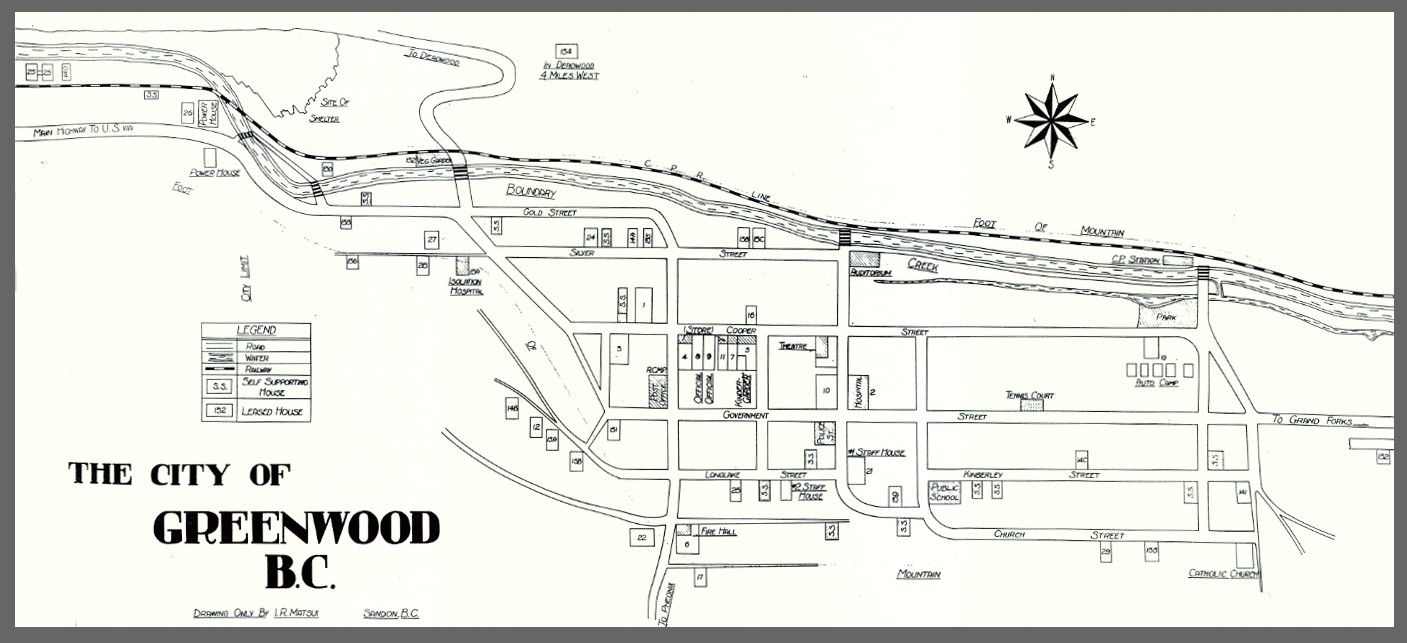
Each family had one room. My wife and daughter and I had a room about this size, about fourteen feet by ten feet; but some families with five and six children-well, it got pretty crowded in there. This was in an old hotel and there was one toilet on each floor and in the hotel there was one washroom. The stove was in the centre of the hall on each floor and with all the families and all the people on each floor it was terribly crowded. It was hard for the women to cook … The fall and winter of 1942 was the coldest it had been around Greenwood in a long, long time. Ah, one day it went down to 39 below … some people woke up in the mornings with frost everywhere, around the windows, on their blankets. The wet shoes the kids had had the night before were frozen to the floor.
(Broadfoot, 1977)

During the internment years, Greenwood was unique in that Nikkei were housed in government sponsored accommodations as well as self-supporting renovated buildings across the city. Before the arrival of the first Nikkei in Greenwood, empty buildings including hotels and houses were being renovated and then numbered once the work on each of them had been completed. The majority of the internees resided in these dwellings. For various reasons, it was not unusual for the internees to move from one location to another.
# 1 Pacific Hotel
# 2 Armstrong Hotel, Hospital
# 3 Gulley Block
# 4 Rendell Block
# 5 Miller Block
# 7 Between #5 and #11 buildings
# 8 Between
building #11 and #4
#10 Wood Block
#11 Mellor Block
Nikkei were also settled into accommodations located on the outskirts of the city including the auto camp situated north of the downtown core. These houses were allocated to families with members who were either ill, frail, or elderly.